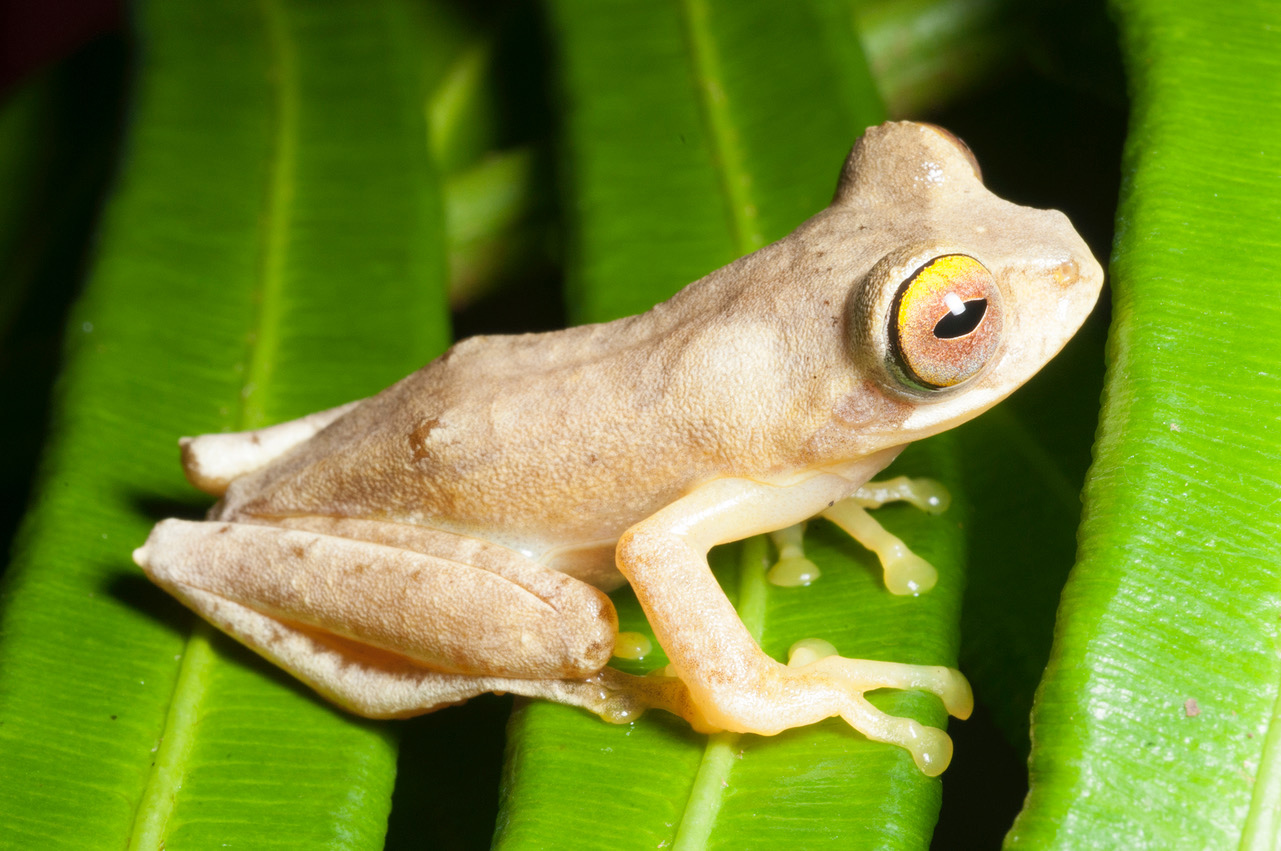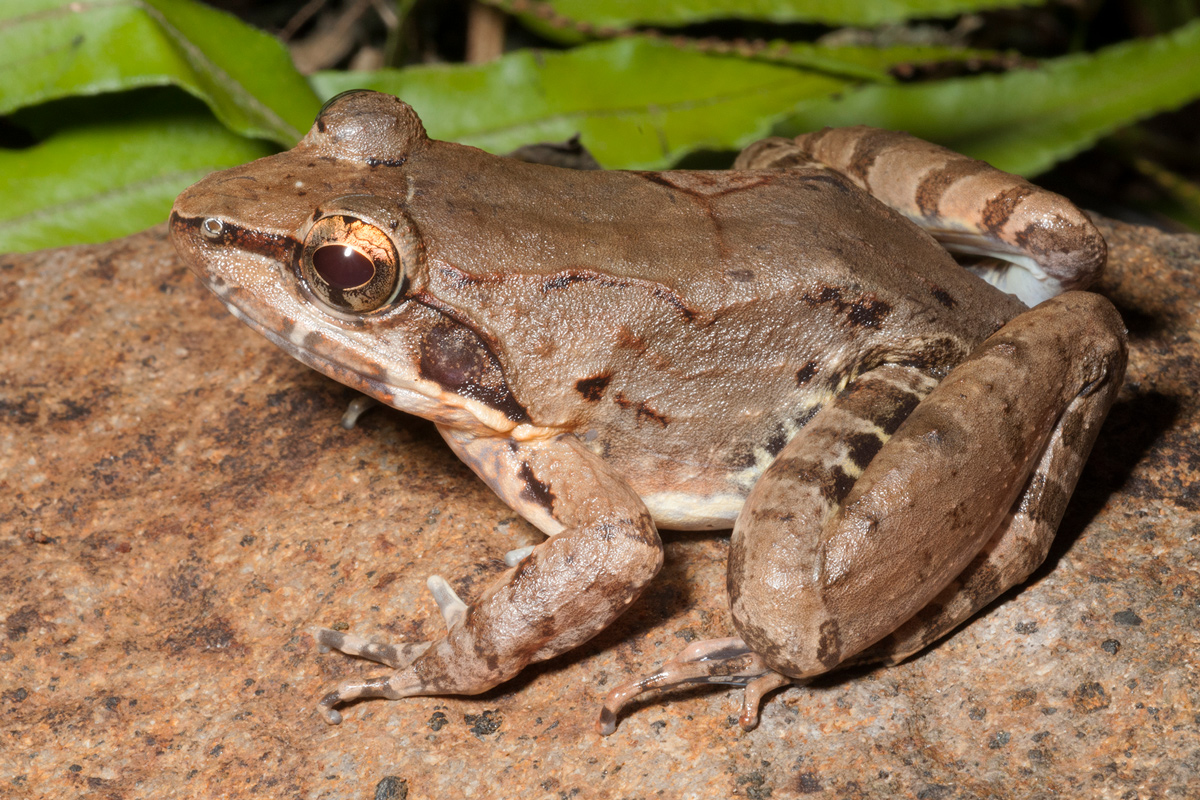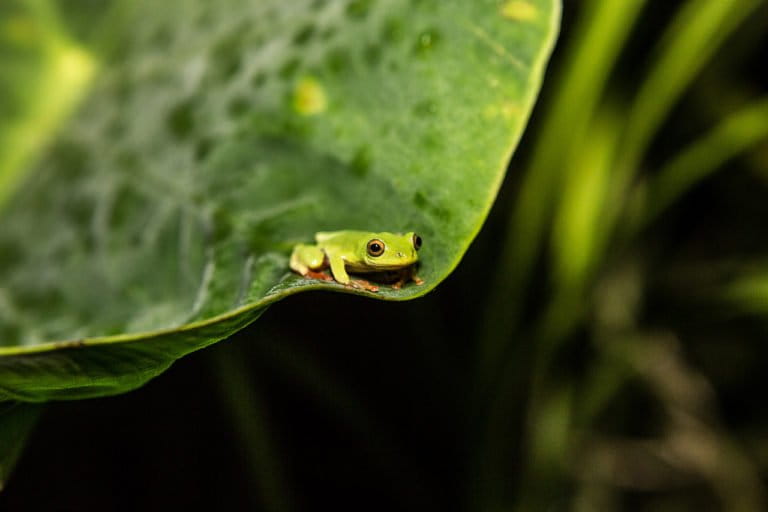- The chytrid fungus has devastated frog populations worldwide, but some variants are especially dangerous.
- Researchers collected 222 frog skin swabs from six continents to map the global distribution of these strains.
- A new and targeted genetic screen uncovered an unknown lineage in Southeast Asia and regions where co-existing variants could combine into deadly hybrids.
- Rapid skin swabs could help scientists unravel how the fungus became so deadly in recent decades, leading to tighter laws restricting the international transport of frogs.
Protecting frogs against the invisible killer called chytrid was never going to be easy. The fungus has already wiped out more species than any other known disease. But a recent study of the worldwide spread of the fungus shows that the task will be even harder than scientists expected.
The study is the first to use skin swabs from amphibians to identify the major strains of the fungus. Researchers found regions where strains could combine into deadly hybrids. They also found a previously unknown variant in Southeast Asia, which has not yet spread globally.

The findings, published Sept. 23 in the Proceedings of the National Academy of Sciences, show that ecologists will need to track these distinct fungal variants to protect frogs more fully. Mutations in the fungus make it a moving target in much the same way as the ever-shifting influenza virus.
“There [are] amazing, last vestiges of really diverse amphibian communities,” said environmental scientist Erica Bree Rosenblum of the University of California, Berkeley, senior author of the study. “If we can protect them from having a really deadly chytrid strain, that would be great.”
Chytrid infects the thin, moist skin frogs use to absorb water and balance their levels of sodium, chloride and potassium. An infected frog, unable to maintain a steady heartbeat, will die of a heart attack. The fungus then releases spores into the water to infect the next frog. This deadly cycle is responsible for the decline of more than 500 amphibian species. About 90 species have gone extinct in the past 50 years, ecologists believe, including Australia’s Mount Glorious torrent frog (Taudactylus diurnus), last seen in 1979.

Some chytrid variants are deadlier than others. However, most genetic tests only reveal whether any fungus is present. The current way to identify the lineage of a fungus is to sequence its entire genome, a time-consuming step.
Rosenblum’s team, including first author Allison Byrne at UC Berkeley, devised a less laborious approach: a genetic test that works on small amounts of low-quality DNA. They tested 222 frog skin swabs from six continents and 24 countries. The massive international collaboration mobilized 30 co-authors.
The tests uncovered a new variant in China, Indonesia and the Philippines, which fits scientists’ understanding that the disease probably started in Asia. Researchers also found variants in unexpected places. For example, a lineage previously reported in Europe and Africa also turned up on frogs in Latin America.
“This paper has been a long time coming,” said evolutionary biologist Timothy James of the University of Michigan, who was not involved in the study. “It validates some hypotheses and shows the way forward.”

Many regions hosted multiple strains of the fungus. In some cases, frogs with different variants lived within meters of each other. That proximity worries Rosenblum. Strains could form deadlier hybrids in places like Brazil, where American bullfrogs (Lithobates catesbeianus) are farmed as pets and food. The new skin swab genetic test could allow officials to screen shipments of frogs before they go overseas, Rosenblum has proposed.
The team’s approach could also help scientists learn how chytrid became so deadly to begin with. Museum samples have shown that the fungus existed on frogs collected in the early 1900s. However, mass die-offs didn’t begin until the 1970s. Museum archives, examined with the new test, could identify what changed: from tweaks in the genetics of the fungus to the rise of international amphibian trade and global travel.
“The effects of globalization for disease transmission around the world are so palpable,” Rosenblum said. “If we’re worried about moving diseases around the world for our own species, then we should also be worried about moving diseases around the world for other species.”

Citation
Byrne, A. Q., et al. (2019). Cryptic diversity of a widespread global pathogen reveals expanded threats to amphibian conservation. Proceedings of the National Academy of Sciences, 116(41), 20382-20387. https://doi.org/10.1073/pnas.1908289116
Jonathan Wosen (@JonathanWosen) is a graduate student in the Science Communication Program at the University of California, Santa Cruz. Other Mongabay stories produced by UCSC students can be found at https://news.mongabay.com/list/ucsc/